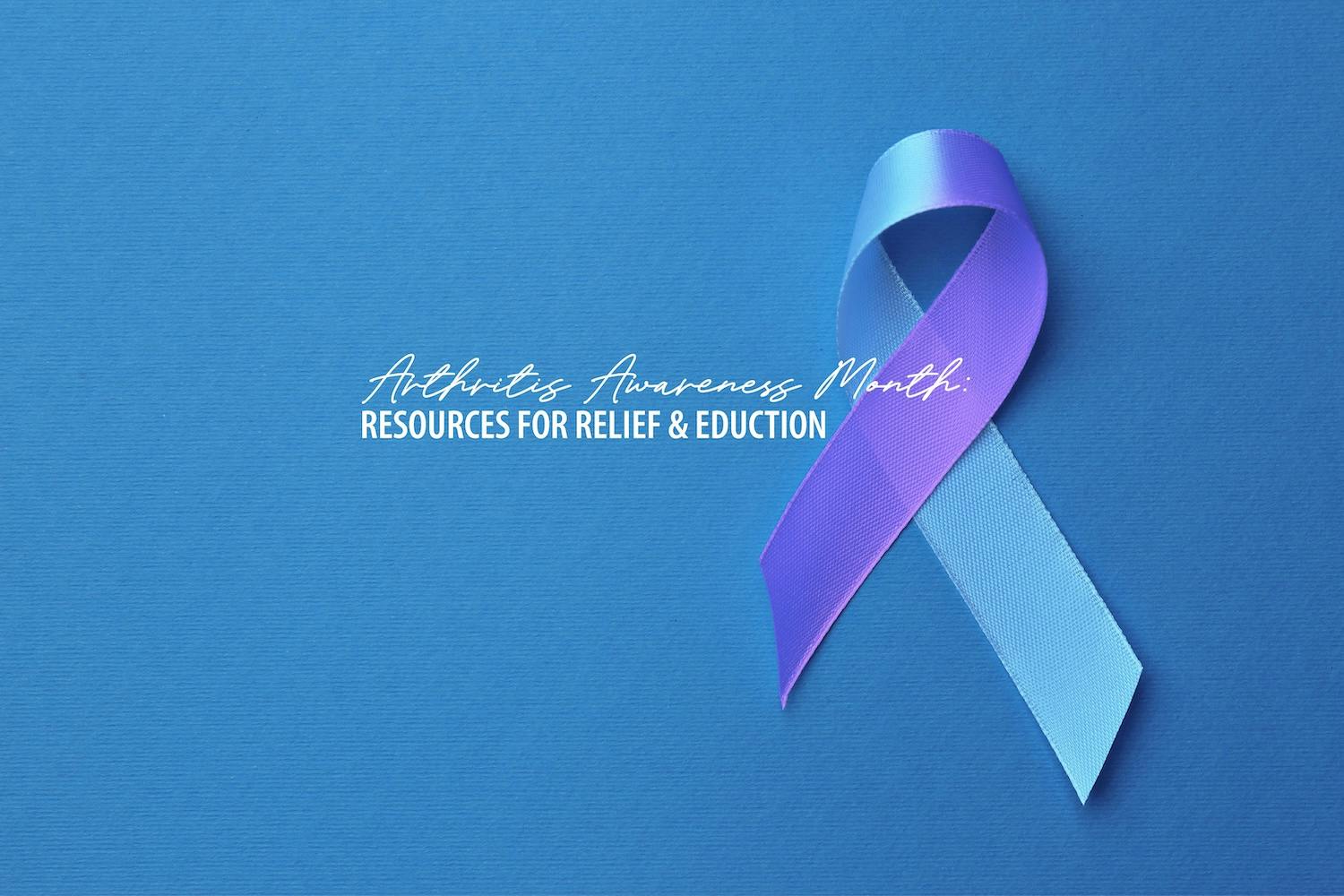May is Arthritis Awareness Month, an opportunity to increase public understanding of arthritis and its impact on millions of lives. Established by the Arthritis Foundation, this national observance highlights the importance of early diagnosis, effective treatment, and ongoing research to improve the quality of life for those with arthritis.
Arthritis is the leading cause of disability in the United States, affecting more than 53 million adults and approximately 300,000 children. It’s not just a single disease, but a term that refers to over 100 different joint disorders. Common symptoms include joint pain, stiffness, swelling, and reduced range of motion, which can significantly interfere with daily activities and mobility.
At North Florida Bone & Joint Specialists, we’re committed to helping patients manage arthritis with comprehensive care and educational resources. To support those affected during Arthritis Awareness Month, we’ve created an Arthritis Article Resource Archive filled with expert guidance and practical tips. Explore our complete collection at our Arthritis Blog Archive or click on any of the article titles below to read individual posts:
Additionally, our website features a Common Conditions page where you can learn more about specific types of arthritis by searching based on body part, symptoms and severity.
If you’re experiencing arthritis symptoms, don’t wait. Request a visit using our Online Appointment Request Form or call one of our convenient locations listed in the footer below. Relief starts with the proper care, and the expert team of orthopaedic and sports medicine professionals at North Florida Bone & Joint Specialists is here to help every step of the way.



